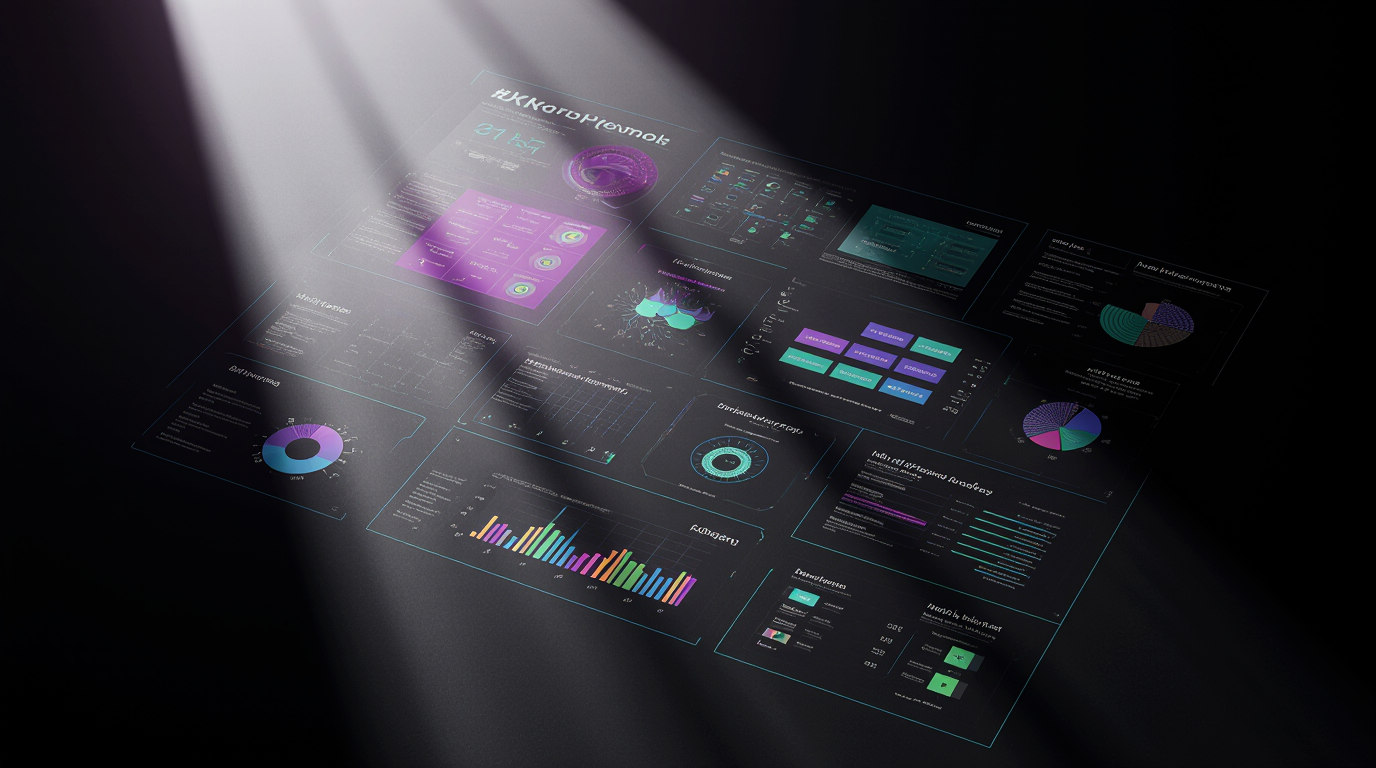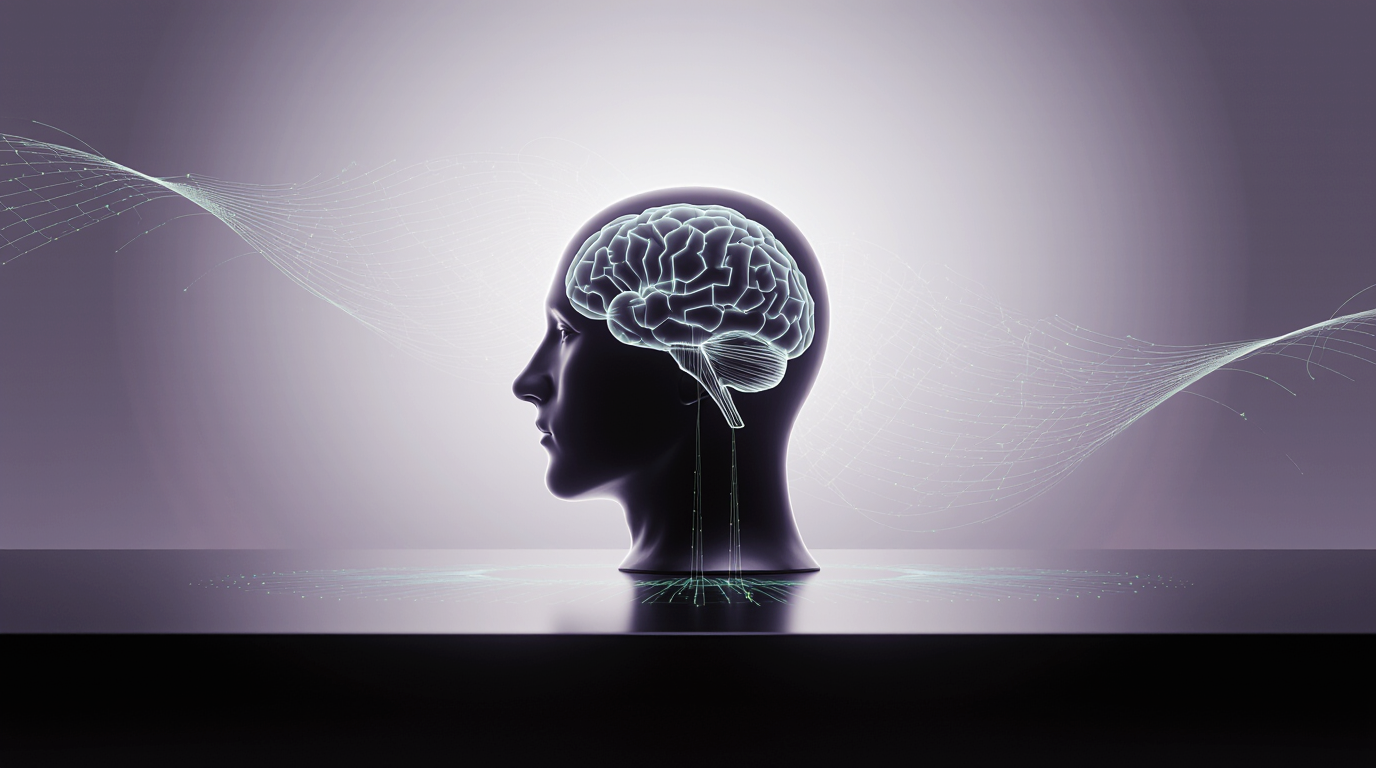Multimodal generation refers to the development and deployment of artificial intelligence (AI) systems that can process and generate content across multiple data types, such as text, images, audio, and video.
This rapidly evolving field requires a blend of technical expertise and non-technical skills. The goal is to create products that are both innovative and aligned with user needs.
Key Technical Roles in Multimodal Generation
Multimodal Generative Modeling Engineer
A multimodal generative modeling engineer is responsible for designing, implementing, and optimizing machine learning models that can generate content across different modalities, such as images and videos.
Core responsibilities include developing and refining neural network architectures, including advanced generative models like Variational Autoencoders (VAE), Generative Adversarial Networks (GAN), and diffusion models.

They also implement and optimize machine learning solutions using frameworks such as PyTorch. Collaboration with cross-functional teams is essential to integrate generative models into products and services.
Other duties involve conducting experiments, prototyping, and iterating based on performance metrics and user feedback. Maintaining comprehensive documentation and reporting results to stakeholders is also required.
These roles typically require advanced degrees in computer science, machine learning, or related fields. Strong programming, debugging, and problem-solving skills are essential.
Engineering Manager, Multimodal
An engineering manager in multimodal AI oversees the end-to-end development process. They ensure that technical teams deliver robust, scalable, and efficient solutions.
Key responsibilities include leading teams in the design, implementation, and optimization of multimodal machine learning models. Developing data preprocessing pipelines is crucial to ensure high-quality input for model training.

They align technical solutions with business objectives and user needs through close collaboration with data scientists, software engineers, and product managers. Driving innovation by staying current with the latest advancements in multimodal AI and fostering a culture of research and experimentation is also part of the role.
This leadership position requires extensive experience in machine learning and team management. A deep understanding of multimodal systems is necessary.
Applied Research Engineer and Machine Learning Engineer
Other technical positions, such as applied research engineers and machine learning engineers specializing in multimodal foundation models, focus on researching and developing new algorithms for multimodal data fusion and generative AI.
They train and fine-tune large language models (LLMs) that integrate multiple data types. Evaluating model performance and ensuring scalability for real-world applications are also key responsibilities.

Essential Non-Technical Roles in Multimodal Generation
AI Product Manager
An AI product manager bridges the gap between technical teams and end users.
Their main functions include guiding the development of AI-powered products from concept to launch. They ensure that multimodal solutions are user-friendly, address real-world problems, and align with business goals.
Conducting user research, managing project timelines, and communicating requirements between stakeholders are also part of the role. This position requires strong business acumen, communication, and project management skills, along with a foundational understanding of AI capabilities.
AI Ethicist or Responsible AI Advisor
A responsible AI advisor ensures that multimodal AI systems are developed and deployed ethically.
Their responsibilities involve assessing AI tools for fairness, inclusivity, transparency, and alignment with human values. They advise on ethical considerations, regulatory compliance, and societal impacts of AI technologies.
Collaboration with technical teams to integrate ethical guidelines into product development is essential. Backgrounds in ethics, law, philosophy, public policy, or social sciences are particularly valuable for these positions.

Additional Non-Technical Roles
Other non-technical roles in multimodal generation include AI policy and governance specialists. These professionals focus on regulatory compliance and policy development.
AI communications and outreach professionals are responsible for educating stakeholders and the public about multimodal AI advancements and implications.
Collaboration Across Roles: The Key to Success
The success of multimodal generation projects depends on seamless collaboration between technical and non-technical professionals.
Technical teams drive innovation and model development. Non-technical roles ensure that solutions are ethical, user-centric, and aligned with broader business and societal objectives.
This multidisciplinary approach is essential for delivering impactful and responsible AI products.
Preparing for a Career in Multimodal Generation
For those interested in technical roles, advanced education in computer science or related fields is essential. Hands-on experience in machine learning and neural networks is also important.
For non-technical positions, developing skills in product management, ethics, policy, or communications can open doors to impactful careers in this dynamic field. Gaining a foundational understanding of AI is highly beneficial.


.png)
